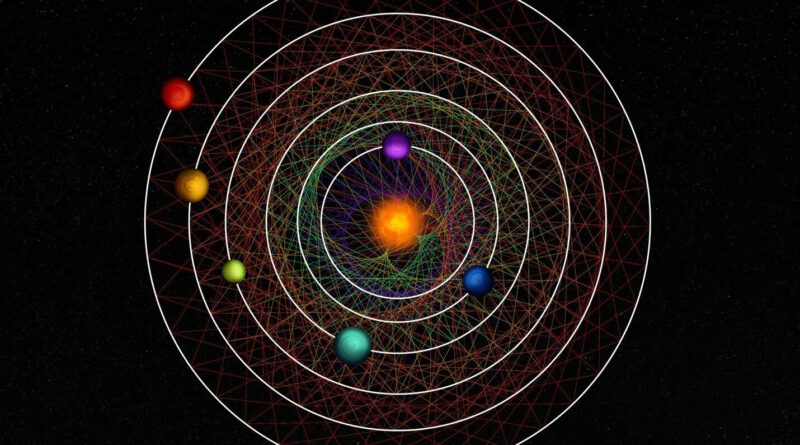Watch how these 6 planets orbit their star in perfect sync
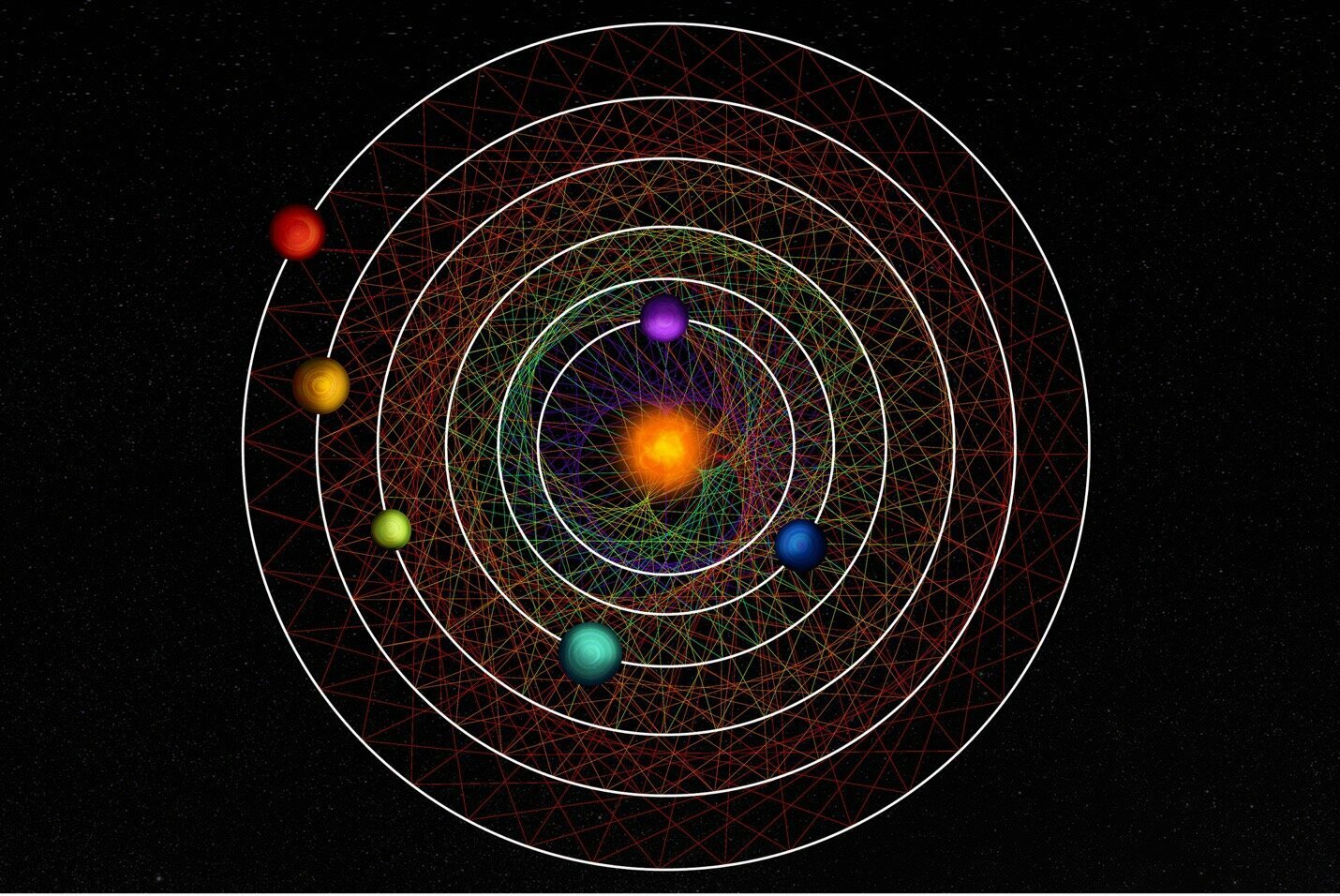
Astronomers have observed a solar system where six planets are in perfect sync with each other as they dance through space around their star, a rare find in the galaxy.
About 100 light-years away in the northern constellation of Coma Berenices, these exoplanets, studied with NASA and other telescopes, are in a gravitational lockstep likened to a waltz. To demonstrate the precise timing kept by the orbits of these worlds, researchers have created an animation of the system set to music.
Scientists call the phenomenon of synchronized orbits “resonance,” and though they believe most planets do start off this way, the formation is easily disrupted over time.
“We think only about one percent of all systems stay in resonance, and even fewer show a chain of planets in such configuration,” said Rafael Luque, an astronomer at the University of Chicago who led the research team, in a statement.
Watch the video below to see the planets in action.
Here’s how it works: When the innermost planet makes three full revolutions around its star, the second one makes exactly two. This pattern is repeated among the four planets closest to the central star.
The two farthest planets perform a pattern as well, with the closer planet orbiting four times for every three of the outermost planet, repeated twice.
The animation shows six mini Neptunes — that is, worlds outside our own solar system that are two to four times the size of Earth — gliding around their host star, known as HD110067. A musical tone rings when each crosses a line drawn through the system.
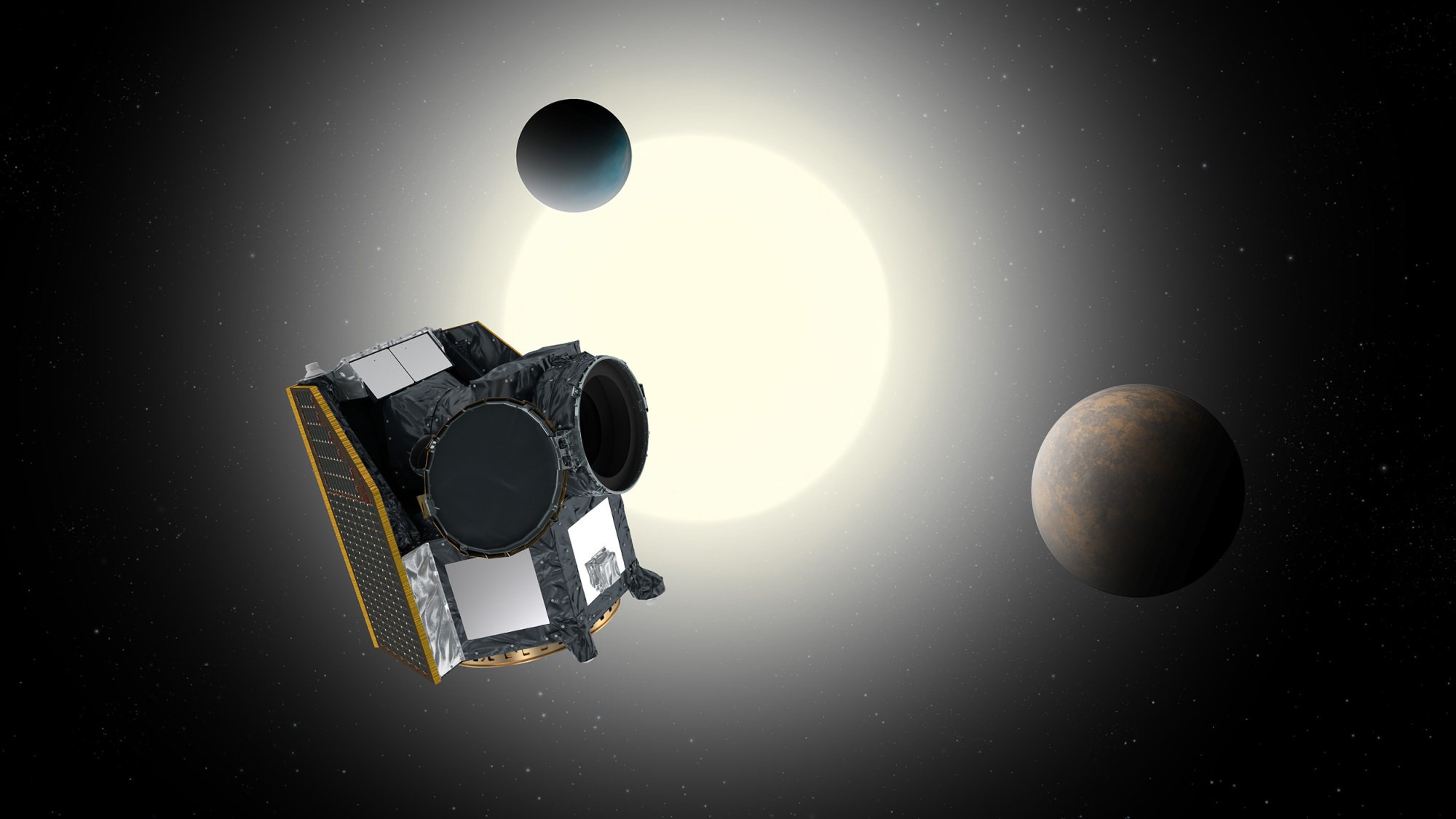
This six-planet system is like clockwork, and it’s probably been marking time this way for billions of years.
“Amongst the over 5,000 exoplanets discovered orbiting other stars than our Sun, resonances are not rare, nor are systems with several planets,” said Hugh Osborn, one of the researchers based at the University of Bern in Switzerland, in a statement. “What is extremely rare, though, is to find systems where the resonances span such a long chain of six planets.”
The unusual system was first discovered with NASA’s Transiting Exoplanet Survey Satellite, better known as TESS, in 2020. Scientists followed up with observations on the European Space Agency’s Cheops satellite to figure out the planets’ orbital relationships.
“We think only about one percent of all systems stay in resonance, and even fewer show a chain of planets in such configuration.”
The four innermost planets have years lasting nine, 14, 20, and 31 Earth-days, respectively. The fifth and sixth planets orbit over 41 and 55 days. The results of the latest study were just published in the journal Nature.

Mini Neptunes, or sub-Neptunes as they’re sometimes called, are the most common type of exoplanet scientists have observed in the Milky Way, though there are no examples of this kind of world orbiting the sun.
Scientists are interested in mini Neptunes to learn more about the evolution of planets. Despite finding many examples of them, astronomers aren’t sure what they’re made of or how they formed. Usually, experts can extrapolate the composition of a world based on its size and mass. But that’s not always the case with mini Neptunes.
“They could either be rocky planets with a lot of gas, or planets rich in water and with a very steamy atmosphere,” said Solene Ulmer-Moll, a researcher from the University of Geneva in Switzerland, in a statement this summer about other newly discovered mini Neptunes.
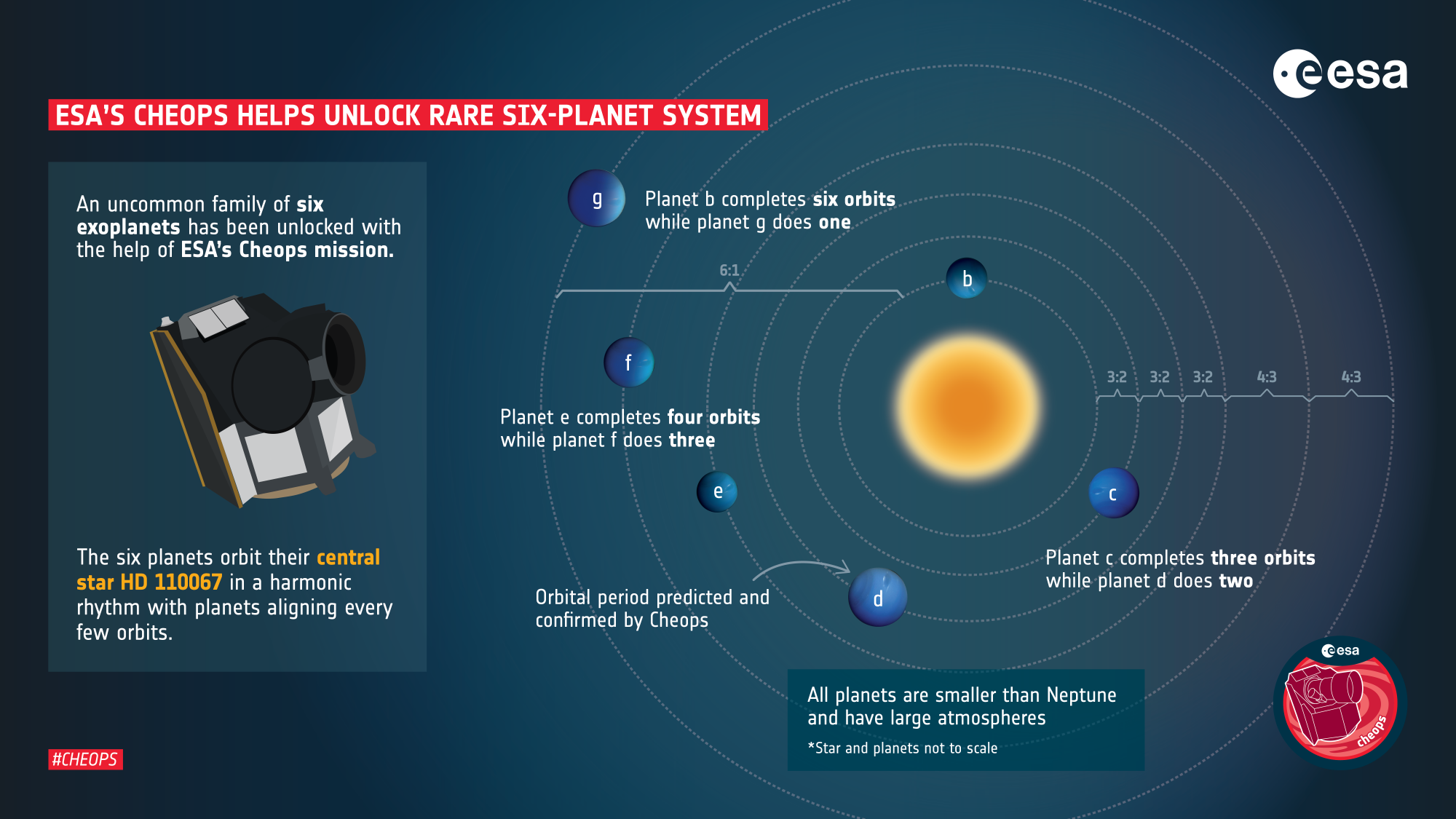
Want more science and tech news delivered straight to your inbox? Sign up for Mashable’s Light Speed newsletter today.
In our own solar system, Neptune and Pluto are a three-to-two resonance pair, wherein Neptune makes three full revolutions around the sun in the same time that it takes Pluto to make two. Many moons of Saturn and Jupiter are also in lockstep, according to the journal Astronomy & Astrophysics.
That more planets and moons within our own solar system aren’t in sync is not surprising. In the chaos of the cosmos, especially in the early days of a system forming around a star, massive asteroid and planetary collisions smack and nudge large bodies off their orbits all the time, like celestial billiards. Many cosmologists believe a large planet, dubbed Theia, could have crashed into Earth billions of years ago, for example, prompting the formation of our moon.
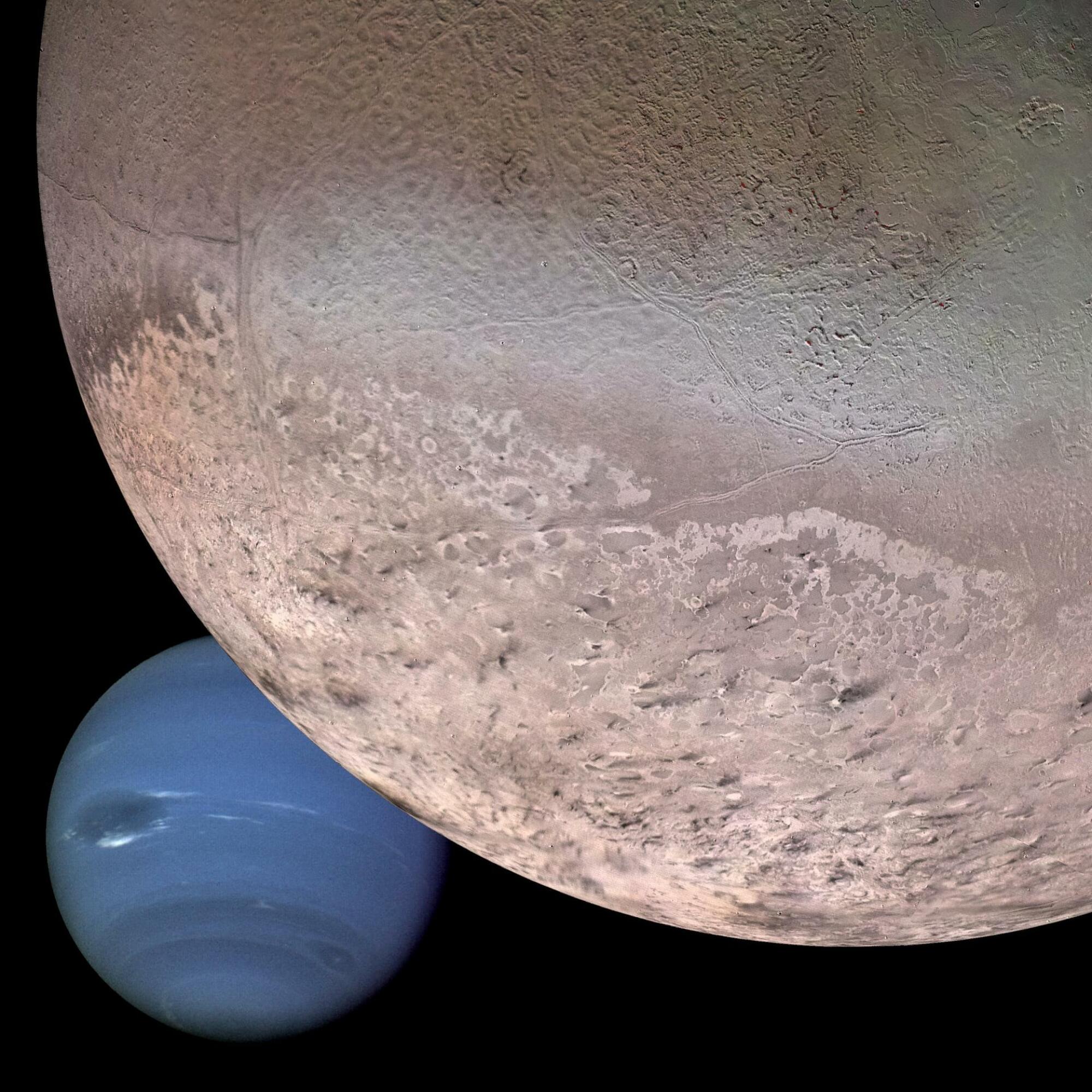
Those monumental shifts can have a cascading effect, influencing the orbits of other bodies, too, causing gravitational imbalances. But many multi-planet systems that astronomers have studied have left some clues in their orbital footprints that suggest they could have been resonant once upon a time.
The pristine condition of the six planet orbits around HD110067 gives the researchers confidence this special system preserves a historical record of how the planets formed. That information could be applied to other star systems, providing new insights into evolutionary processes.
“This discovery is going to become a benchmark system to study how sub-Neptunes, the most common type of planets outside of the solar system, form (and) evolve,” Luque said. And it could also reveal “what are they made of and if they possess the right conditions to support the existence of liquid water on their surfaces.”
